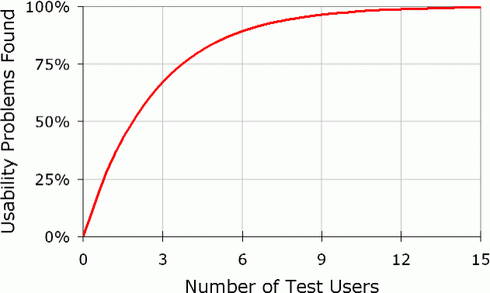iPhone Usability Study
inUse, a swedish usability firm, has published the results of an extensive usability study comparing the iPhone to three "traditional" cell phones. Unsurprisingly to everyone who has ever used one, the iPhone proves to be vastly superior both in user's ability to complete tasks, and in user satisfaction. The iPhone's success is mainly attributed to the fact users can directly manipulate objects on the iPhone's screen. From the report:
What is it then that makes the iPhone different? Most importantly, it has removed one level of abstraction by allowing the user to act on objects using the finger directly on the phone's surface.
Talking about the study, Jakob Nielsen writes in his newsletter:
Thus, I like to say that the iPhone is the "Macintosh" of mobile, because it's the first mainstream direct manipulation UI with an interaction style similar to a mouse-driven GUI. Other phones are the "DOS" of mobile user experience, because they rely on keystrokes.
This study might seem flawed at first, because only a small number of people were tested. However, the study is sound since it is not a quantitative study. The goal here was not to create a statistical analysis of the tested interfaces; the goal was to find user interaction issues, and to compare the phones based on the issues found. Finding user interaction issues requires only a small number of test subjects. Here's a graph from Jakob Nielsen, plotting number of test subjects vs. percentage of found usability issues:

As you can see, testing a given task with only 4 people will find around 75% of all usability issues in this task. Nielsen has an article explaining this phenomenon.
If you require a short url to link to this article, please use http://ignco.de/11




